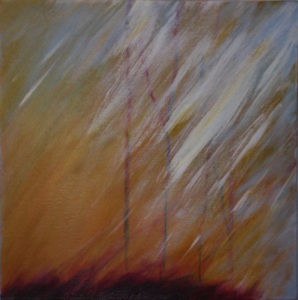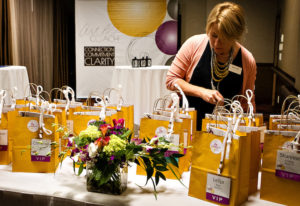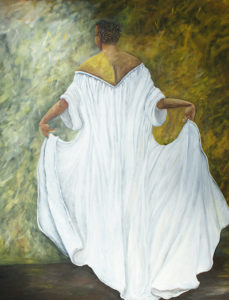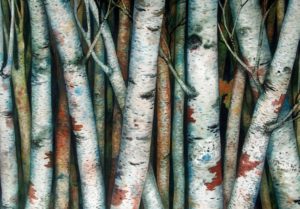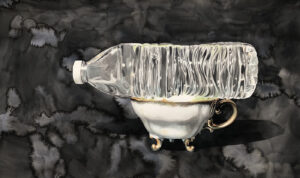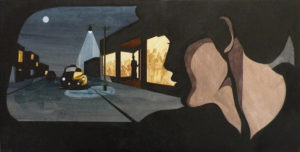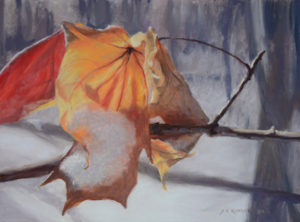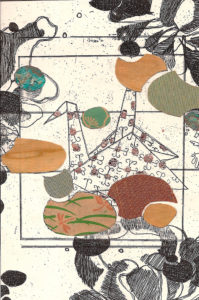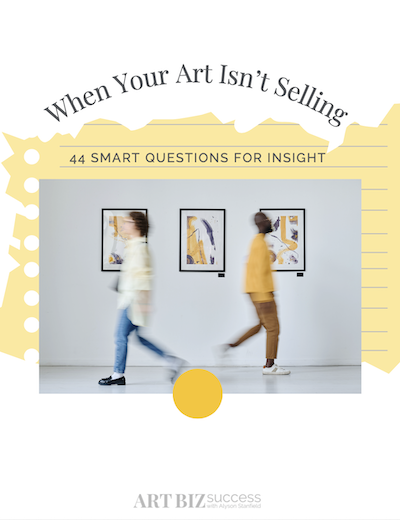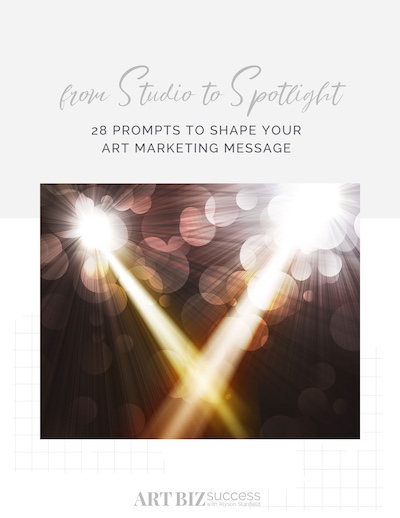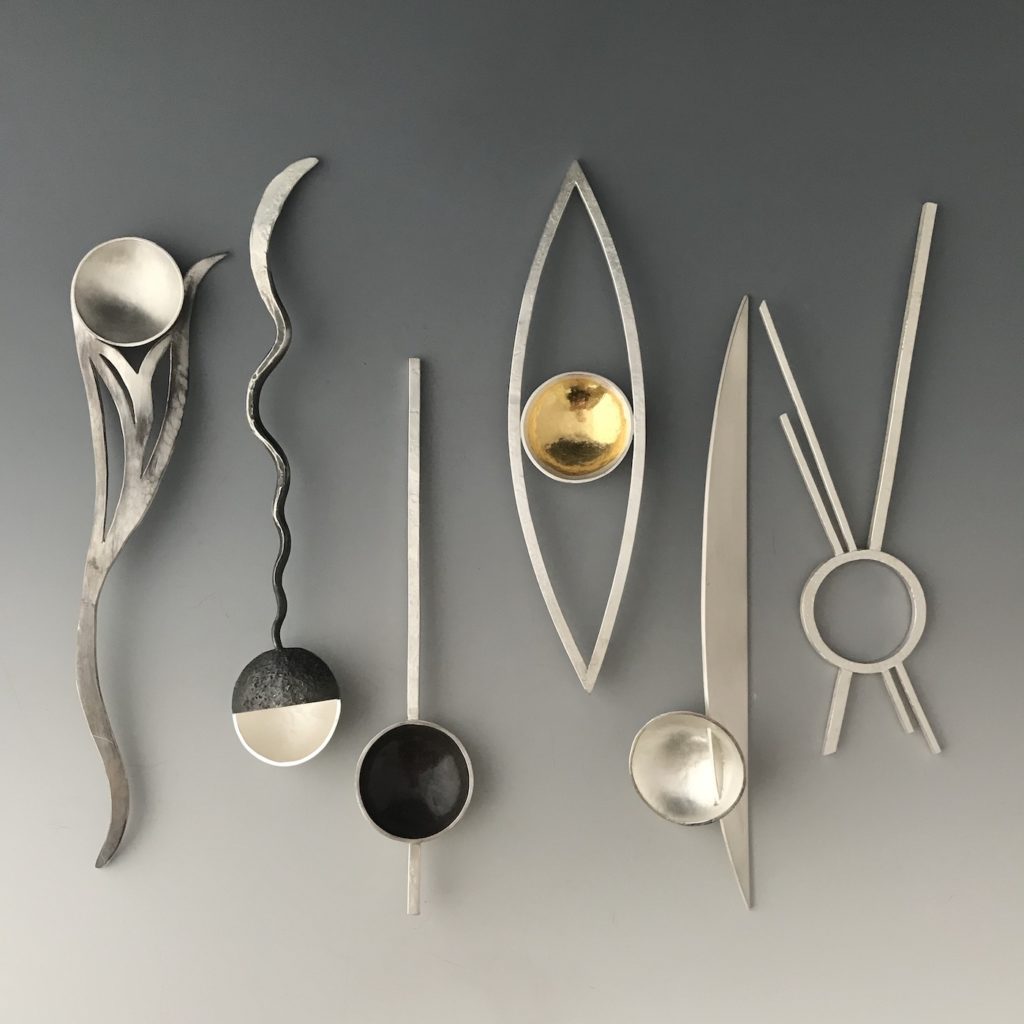
How to Leverage an Article About Your Art
Whether it is in a newspaper or magazine or published on a blog, website, or as a podcast, you are deservedly thrilled and want to share the good news.
How do you make the most of an article about your art?
The extent to which you share the article and how you share it depends on the importance of the article and the format in which it was published.
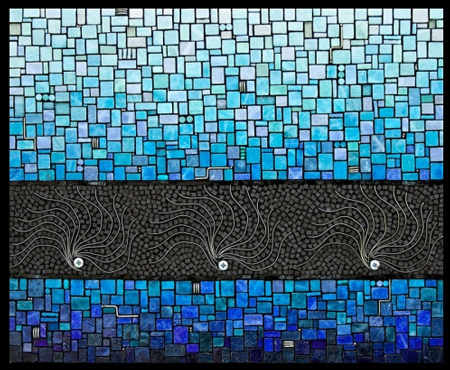
Beware of “I Am Not”
I’ve been particularly sensitive to students and clients who utter the words “I’m bad” at this or that.
A couple of weeks ago, I wrote Are You Walking the Talk?, in which I encouraged you to act on your words. Today, I ask you to think about the words you’re putting out into the world and those you’re saying to yourself.
Stop Defining Yourself in the Negative
Have you ever said any of the following?
I am not a salesperson.
I am not outgoing.
I am terrible at marketing.
I am bad at following up.
Every time you use any of these sentences, you are giving up. You’re telling a story about yourself that will stick. You’re defining yourself in the negative.
These are self-fulfilling prophecies. You can’t say, “I’m terrible at marketing” without being terrible at marketing.
Whenever you find you’re defining yourself in the negative, remember that you have the power to shape your story. How you choose to define yourself will influence how others look at you and think of you.
Will you define yourself in terms of limitations and failings? Or . . .
Will you define yourself in terms hopes and aspirations?
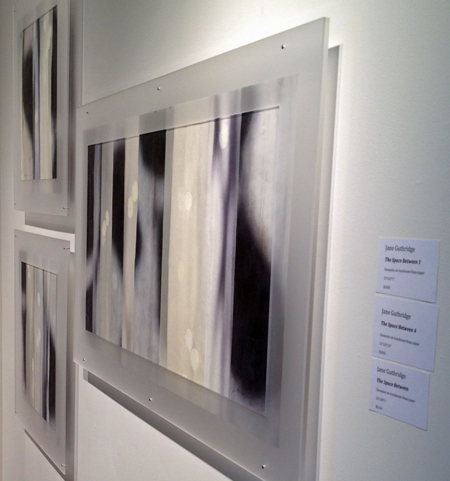
How to Find Anything When You Need It
I subscribe to the theory that less clutter and a more organized mind and workspace mean more room for creativity.
How can you make really good art when you’re worried about where you stored the image the reporter is requesting or wondering what you did with that exhibition contract that’s due tomorrow?
The solution to this problem might be as simple as how you name things.
Naming Conventions in Your Art Business
I suggest using these five naming tips to help you find anything when you need it.
1. Title your artworks.
Titling your art differentiates this piece from that piece. This keeps you sane whether you’re trying to identify a piece for someone, organizing numerous works for an exhibit, or updating your inventory records.
Titling isn’t just for you, it’s also helpful to collectors and writers who want to refer to your art.
Referring to the piece titled Tense Moments is much easier than calling it “the one that’s mostly orange with a little green line about one-third of the way down” or “the fourth one from the top.”
2. Title your exhibitions.
Like the titles of your art, the titles of your exhibitions

Overcome Decision Fatigue by Automating and Systematizing
Every day takes too much thought. – Gwen Meharg
Gwen left this comment in our Art Career Success System private group. I was struck by her insight because I had been reading about this at the time. “Decision fatigue” is a real phenomenon in contemporary society.
According to researchers, we make over 200 decisions per day about food alone. Just food decisions! I don’t know about you, but all of these decisions wear me out.
As an example, I spent 3 months last fall researching espresso machines – dreaming of holding the perfect cup of coffee while still in my jammies. But I could never click the button to buy.
My husband took me out of my misery. He decided on one, bought it, wrapped it, and put it under the tree. Best. Gift. Ever. No decision (on my part) was required.
Don’t get me started on making travel reservations. I can’t stand to make plane reservations or to find a hotel. What if I book “the wrong” flight or land at the wrong airport? Don’t laugh. I recently did this when I was confused about a small airport name, and it cost me a lot of extra driving time.
I contend that we’re happier when
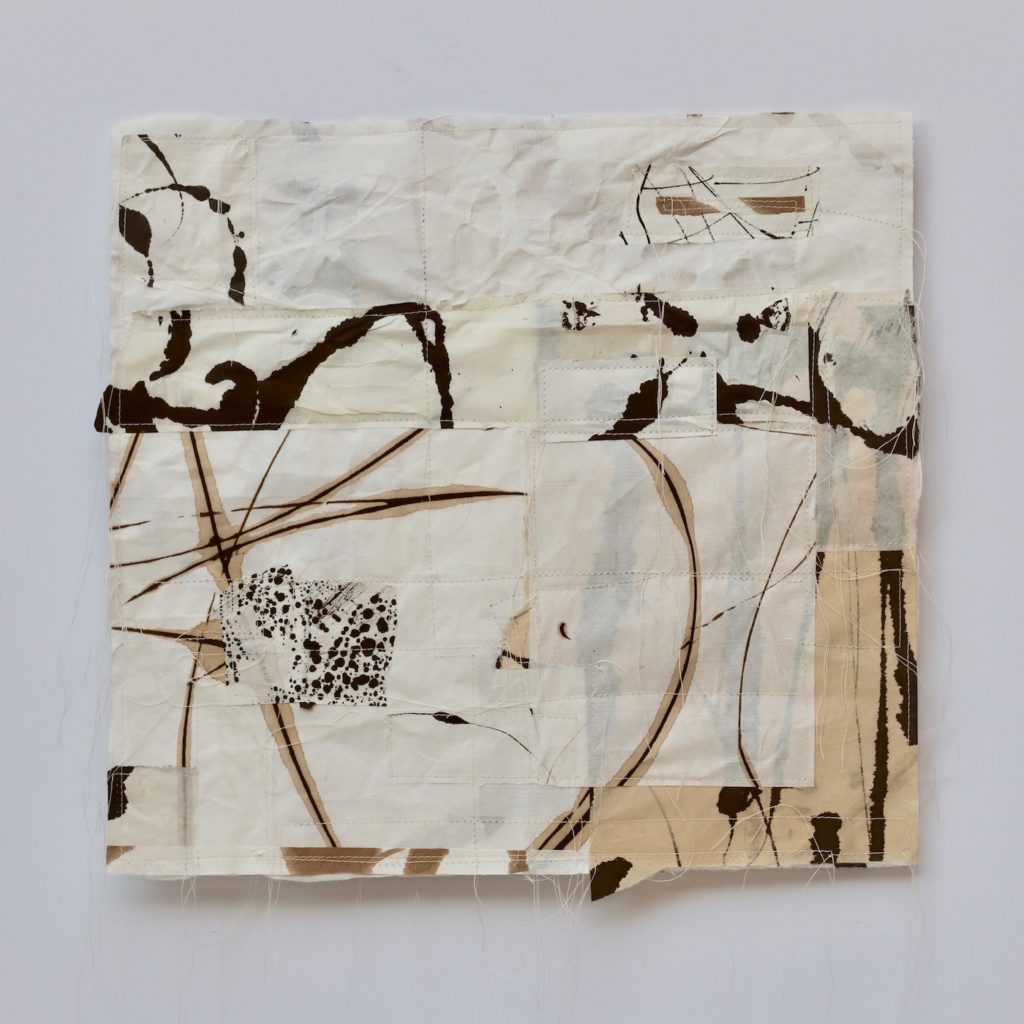
Questions to Ask When You’re Stuck or Need Motivation
Everything is Googleable these days, right?
If you want to know who painted Las Meninas, Google it and you’ll quickly find it was Diego Velázquez in 1656. From there, you’ll see that it hangs in Room 012 of the Prado and can read about the Infanta Margarita and her mother’s maids-of-honor. You can even click on Room 012 and see the paintings of family members that keep the young princess company in that same gallery.
Not into 17th Century Spanish painting? Other treasures await you on the internet. You can Google how to write your artist statement, how to grow your email list, and how to use Instagram Stories.
It’s easy to find answers. It’s harder to know if the answers are right for you and when you should stop looking for answers outside of yourself.
It can be painful to sit in the unknown and explore what might be possible. But … oh! … the rewards that await you when you do.
When you sit in the question rather than looking for answers, you begin generating additional questions and rephrasing your original question to be more in line with what you are seeking.
In his exceptional book, Smarter Faster Better, Charles Duhigg notes that questions beginning with “Why” help us link hard choices to something we care about. He says, “Make a chore into a meaningful decision, and self-motivation will emerge.”
With that in mind, I’ve outlined a number of situations in which you might need a hefty dose of motivation. Each has a number of questions to help you make progress and a Big Why to ask yourself.
When You’re Not Making Art
One day off is understandable. Two days is acceptable. A week? Probably okay.
An entire month without thinking about or making art is something to be concerned about when you’re trying to gain recognition and earn money from your art.
Ask yourself …
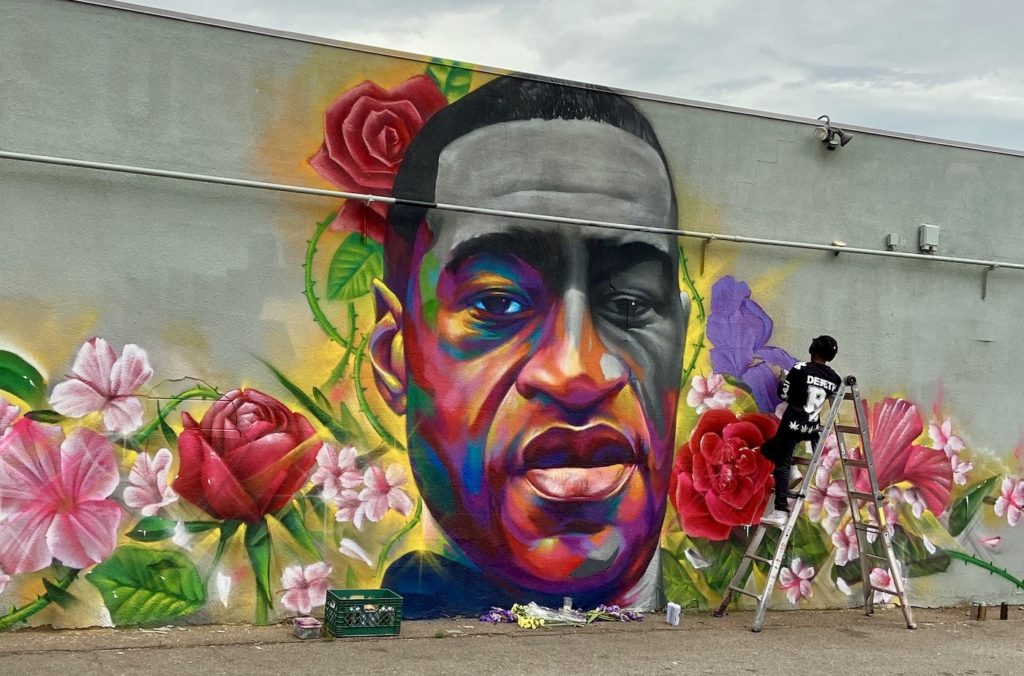
The Art Biz ep. 54: Silence = Complicity #BlackLivesMatter
This is special episode of the Art Biz Podcast.
No music. No promotions. Just me and the microphone.
Last week I received an email from a listener, who wrote:
I am a fan of your podcast. I think it can serve as a wonderful tool for artists to learn how to grow and get inspired. With that said, I was wondering if you are planning on making an episode pertaining to Black lives, Black artists, and using art for activism. I haven’t heard anything yet from you about this human rights issue. As a listener, right now, these are what we are looking for. How to get people involved through art, inspiration on making real change and bringing awareness to these issues with our art.
She was certainly right to request this, and it’s a tall order that I could never do justice in a single episode.
It made me realize something very important, and it’s a lesson for your art business. Not everyone who listens to this podcast subscribes to my email list or follows me on social media. Because I wrote a long email to subscribers and I’ve been posting on social media.
But I’ve been ignoring this platform. Not on purpose! It’s just that there are so many channels these days. I’m sure you can relate. So the lesson is: Leverage your content across all platforms if you want your message to be heard.
Please forgive me for being silent on the podcast until now. As you will learn, it wasn’t my intention.

